THE HISTORY OF WEIGHT-LOSS
ADS
RECOVERY


THE HISTORY OF WEIGHT-LOSS
ADS
RECOVERY

I was once told that when one door closes, another one opens. From our mistakes, we learn from our journeys, and often it can take us much longer to achieve something than we had initially hoped. That much is true about the process of writing Enough
With our Spring issue, we’re unveiling a new perspective into the world of diet culture and eating disorder awareness. We hope you enjoy our all-access, virtual, free magazine platform Over the past few months, we have worked hard to create a platform to help not only spread awareness but to teach and inspire those who are currently or who have struggled with disordered eating.

We set out to provide new insight on some of the history behind societal factors that contribute to eating disorders. In this edition, we focus specifically on the history of weight-loss advertisements and discuss the history behind the classifications of eating disorders and mental illnesses over the past 60 years. That being said, we hope you enjoy our first issue of ENOUGH. Magazine!
Catherine Colbert
People rarely know this: It does not matter your gender, size, race, age, or sexuality. Anyone can develop an eating disorder or have an unhealthy relationship with food. Anyone. This simple truth and my eight-year-long struggle with diet culture and disordered eating are what inspired me to create ENOUGH. -- a magazine series dedicated to preventing a surge in eating disorders for Gen Z while redefining the way we look at the word “healthy ” In particular, this issue is focused on the history behind these struggles and certain societal factors that can contribute to these habits
Before jumping to the other articles of this edition, I’d like to tell my story. I want to remind people that they are not alone even when they feel alone
By the age of five, this was a question I constantly asked my mother She always said, “No,” but I never quite believed her or anyone else who told me the same thing My mom is a doctor who specializes in wellness and weight loss; therefore, I grew up hearing about how diet and exercise make you “healthy.” Maybe that was why starting at a young age, I compared myself to other girls and people on TV,
Why was I obsessed with body image even though I could barely tie my shoes?
By five, I was infatuated by the concept of being “skinny ” By five, I somehow knew I wasn’t “thin enough ”
"You are fat."
I was twelve years old the first time someone told me that. They told me via an anonymous messaging app. I was sitting on the top floor of Barnes & Nobles at the Starbucks cafe, ready to eat the M&M blondie I had just purchased. I put the Blondie back down on the plate. I looked at the Blondie. The Blondie looked back up at me.
I could have brushed the statement off I was a lacrosse player, a middle school student council member, an actress in the musical I had bushy eyebrows that I liked and a large gap between my two front teeth that I thought was cute. I was “healthy” and at a normal weight. But none of that mattered.
At age 12, I began to attempt dieting.
At first, I started looking up “healthy foods,” then “foods to lose weight,” then quizzes called “Am I fat?” or “ What’s my BMI?”. I became obsessed with numbers. I was no longer a kid. I was just a number.
My mental health dives and I switch schools in the middle of the year. I struggle to make friends. So I make friends with food. By the middle of my 8th-grade year, food was no longer something I frowned upon.

Rather food was my haven, my escape from everything else around me.
I developed issues with extreme binge eating. I would hide food and never revealed to anyone just how much I was eating Unlike the world, food wasn’t going to hurt me It was there for me when I was alone It helped me cope with everything else I was surrounded by
By the beginning of my freshman year -- I was nicknamed “Heavy Cream” because I was “white, fat, and ugly.” I saw myself in the mirror and felt disgusted by my reflection. To try and change, I began restricting. I couldn’t control school or the bullying, but at least there was one thing I could control, and that was food and my caloric intake.
My best friend became my greatest enemy. I isolated myself from everyone else further. I stopped going to lunch, my grades dropped, and I wouldn't say I liked school I stopped participating in the extracurricular activities that once brought me such joy I had low selfesteem and even lower grades. At this point, I didn’t have friends, and I didn’t have food,
I was stuck. No one knew how much I was struggling. I would be congratulated on my weight loss and told how much better looking I had become, yet it never seemed to matter because it was never enough
Change comes in waves and sometimes without a clear reason why.
I wanted to be a better and happier version of myself that I knew existed even if I couldn’t remember her. By the beginning of my sophomore year, I was determined to make a change. I made friends, rejoined my favorite activities, continued to pursue my love of singing, developed a passion for model UN and service; for the first time, I received straight A’s and made it on the highest honor roll.
But the one thing I struggled to improve was my unhealthy relationship with food. I did not go to lunch once that year; I spent every lunch period alone in the library getting ahead on work, continuing to shield myself from the “bullies.” I still needed to be in control; I needed to protect myself from everyone else who wanted to put me down.
I may have grown so much as a person, but I continued to struggle. I was constantly dizzy; my vision blurred just from walking up the stairs from the library to my advisor's room I lost my menstrual cycle temporarily I became irritable, aggressive, and overly emotional I lost all of my strength; my muscles turned to flab. I was constantly cold, all due to the stress of everyday life on top of starvation.
But when I sought help, a new issue arrived One I hadn’t anticipated I wasn’t “skinny enough” to be considered anorexic According to most medical classification, someone can show all of the symptoms of anorexia, but if their BMI is “too high,” they’re not considered "anorexic."
By sophomore year of high school, I was finally a healthy weight -- for the first time since I was eleven years old -because I had spent the better part of a year and a half restricting, and still, I wasn’t enough.
However, if I have learned anything over the past two years, the recovery journey is not easy After having trapped yourself in a toxic relationship and cycle with food, it is beyond difficult to escape it That isn’t to say that it is impossible but rather the idea that it is important to remember to be kind to yourself and be patient, understanding that there will be both good and bad days, and that’s ok. Because no matter what, you are ENOUGH.

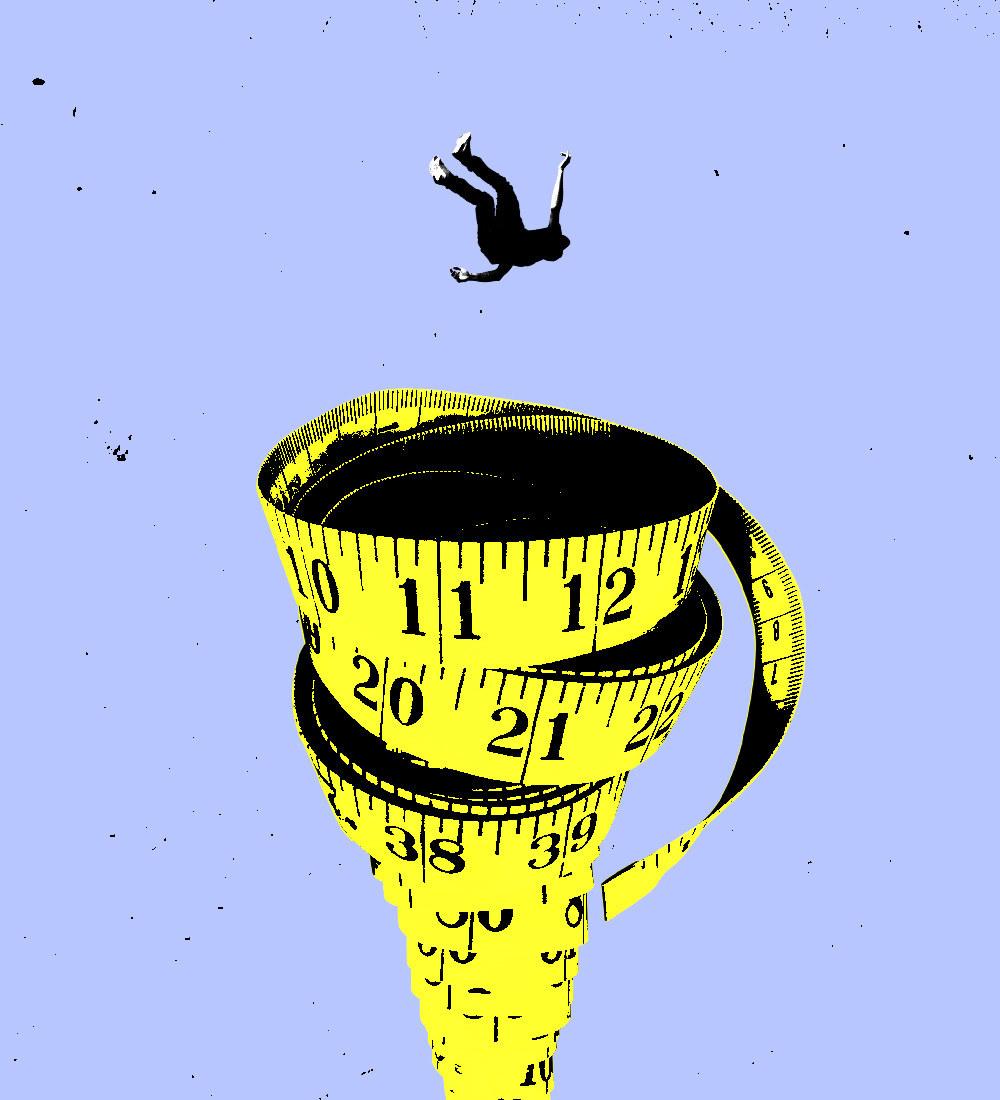
An advertisement is not just an advertisement Most businesses spend a lot of money on advertising their products, however, the money that they spend is only successful only when the best techniques of advertising are used for the product This is especially true of advertisements dedicated to spreading information on dieting and weight loss. This display of information can be harmful towards people who are challenged by disordered eating or body image issues, or to people who may potentially be susceptible to them. When a person has a warped perception of themselves, advertisements telling them they are not thin "enough" or pretty "enough" can only further damage their damaged self esteem and contribute to more problems. That being said, let's take a look at some of these advertisements and their progression over time
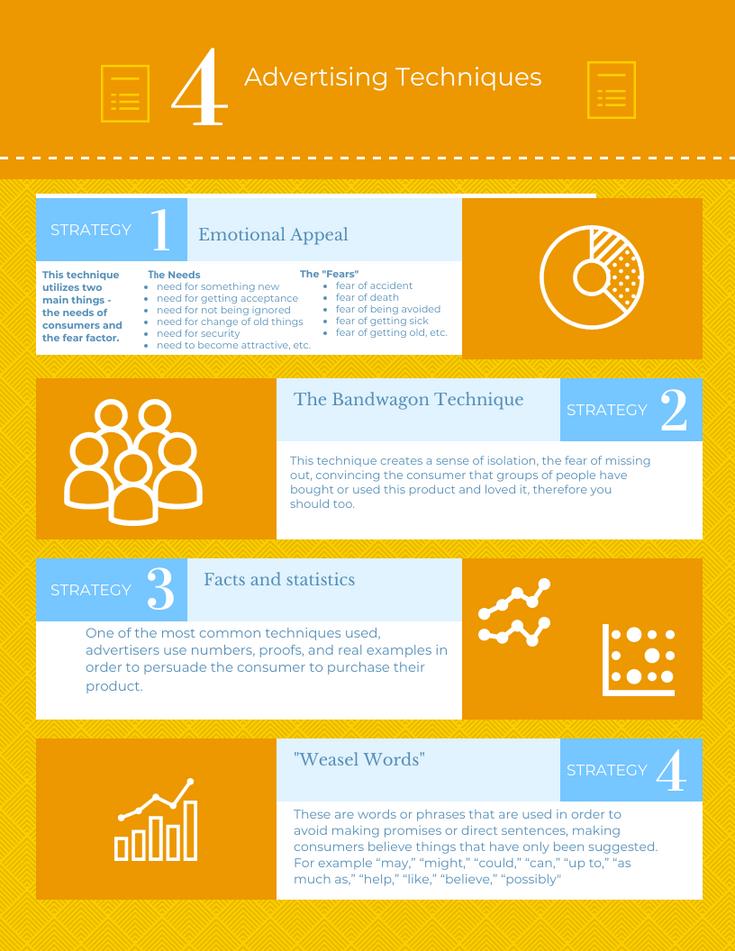
If you visit popular weight loss programs such as Jenny Craig or Weight Watchers, look for the word “diet” on their homepage. You'll rarely find it Instead, you’ll see words like “clean eating” and phrases like "the true measurement of success is a smile and a happy heart" because you are "not just a number on the scale." Nevertheless, their product is the same: weight loss.

These days, our society is suffocated by the idea of being “healthy,” and this is not by mistake. Weight loss advertisements come in all shapes and sizes -- some advertise gyms and exercise equipment, supplements and meal replacements, and diet plans, and low-calorie foods.
As Gen-Z calls for the end of diet culture, what we really see is a stealthy rebranding -- one that won’t say outright that “losing weight makes you more beautiful” and, therefore, more toxic and more effective.
If you Google the word “diet,” there are about 1,040,000,000 results. For weight loss, there are about 3,000,000,000 results. It feels like there are just as many TV shows.
From “The Biggest Loser” to “My 600lb Life” and “1000 LB Sisters”, our media highlights the kinds of bodies we shouldn’t have. It’s easy to understand then that when the Peloton ad shows up in the commercial break, we feel that much more eager to buy an exercise bike we don't even need.
Isn't it strange then that today, eating disorders affect at least 9% of people, worldwide?
So how did we get here and where are we going? Let’s look at a timeline of some of the earliest physical weight loss advertisements, to understand how we got to where we are today.

1900-1930's Beginning in the early 20th century, these ideas were portrayed more through pamphlets, cookbooks, and the early discussions of weight loss in books cataloged with the subject beauty, personal or women-health and hygiene. For the next thirty years, advertisers continued to display certain products such as creams claiming to dissolve fat that was quite popular in the 1920s.
Aside from creams and cookbooks towards the thirties, they began developing certain machines such as large vibrating belts that allegedly helped women lose weight

Like the Vibrating Exercise Belt, some of these belts were invented in 1850 by Swedish physician Dr. Gustav Zander but didn't become fashionable until the early 1930s. They believed that intensely shaking a person's midsection the belts loosened the fat, helping your body get rid of it.
Beginning in the 50’s advertisers focused on the fixation towards curvaceous figures and the beauty of voluptuous women. In a way, at this time, it was as if modern notions of body image had been flipped on their heads. The logic behind the ads dedicated to the beauty of curves was similar to that of weight-loss ads They wanted to convince women that their bodies did not meet a certain standard that they weren’t pretty enough or desirable in their current skin.
Manipulating the logic and thinking of female consumers was a necessary method in selling products. However, these ideas were less popular than the ever-changing weight loss industry. The '60s was the time of fake sugar and the beginning of the infamous program Weight Watchers when the 214-pound housewife Jean Nidetch started inviting friends into her home in New York City to talk about ways to lose weight before it went public in 1963 with 400 people waiting to join
The popularity of sugar and sugar substitutes continued into the 1970s. After the PR arm of the Sugar Association, the trade group representing both sugar growers and sugar refiners started a campaign on the idea that sugar was good for dieting. After the Sugar Association itself discovered links between sugar consumption and conditions like diabetes and obesity.
They believed that using sugar as a dietary supplement to curve cravings could potentially help to stimulate weight loss Unlike real sugar, Sugar substitutes have zero calories. Still, they can deepen your cravings for more sweets instead of trying to tame them but continue to grow in popularity, being marketed in diet sodas or sugarfree foods.
On the other hand, in the ’80s, aside from the promotion of diet foods, weight loss plans, diet books, etc., items such as workout videos grew in popularity, focusing on iconic fitness figures such as Richard Simmons and Jane Fonda.
Throughout the 1990s, the commercial marketplace for treating overweight/obesity was a high-profile topic among policymakers, the media, academia, the scientific community, and government regulators This included advertising pills and other medications to aid weight loss. For example, fenfluramine and dexfenfluramine, both of which were pills the FDA ordered to be taken off the market in September 1997 after those drugs were linked to heart valve problems."
Richard Simmons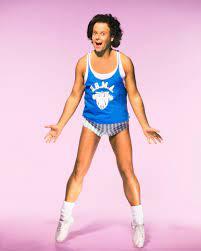
The 2000s and 2010s began the surge in virtual ads through smartphones and social media and TV shows, and movies Part of which influenced what is now recognized as Fattertainment This includes movies like The Nutty Professor or “Fat Monica” in Friends, where actors dress up in fat suits and earned millions of dollars by mocking individuals with obesity.
Americans may somehow feel that making fun of people with obesity is justifiable and beneficial because it provides motivation to lose weight.
Research, however, tells us that this isn’t true. Weight bias is damaging to people with obesity in many ways Studies show that people with obesity who experience weight bias may become depressed, anxious, and have low self-esteem, contributing to unhealthy diet culture and obsessions surrounding food. One big difference between old advertising and today's advertisements that today you sometimes have to scrutinize the ad to discover exactly what they are trying to sell to you.

These statistics prove how common and prominent an issue disordered eating is around the world Millions of people continue to suffer daily This needs to change The following pages contain statistics that apply to multiple groups of people and further reveal the necessity for change we need
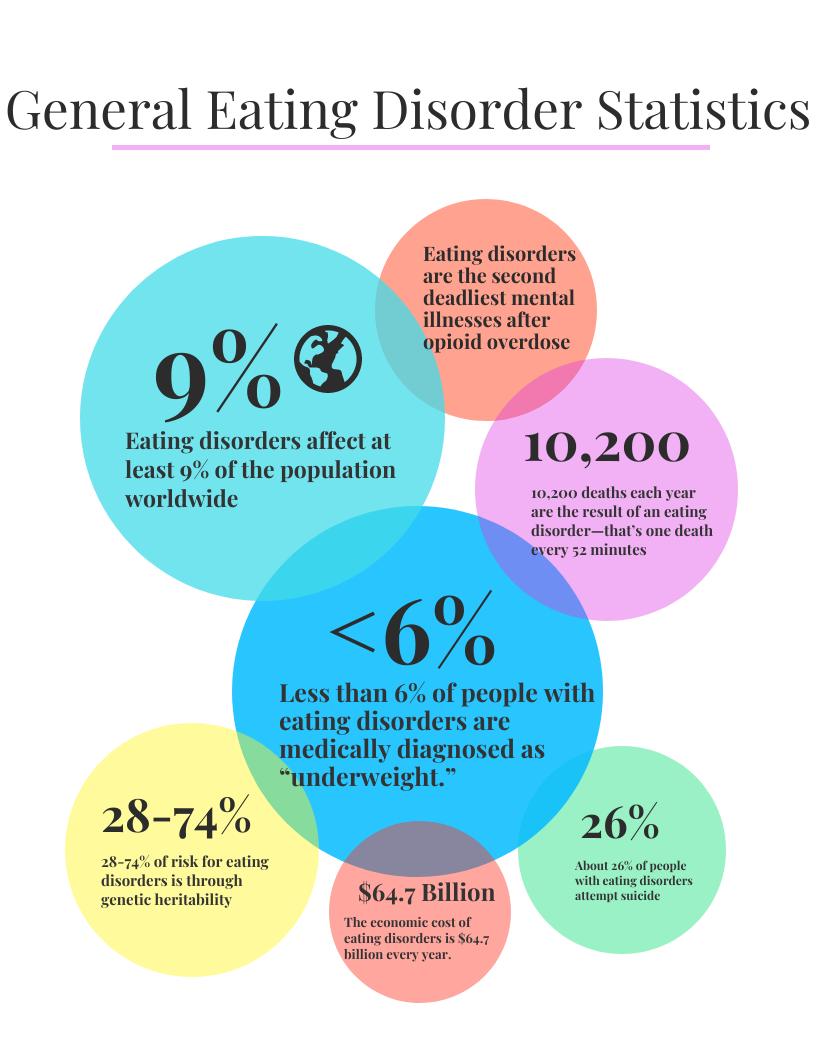
When people view eating disorders, they often don't consider their impact on specific groups, especially marginalized groups When viewing eating disorders, it is important to have a holistic perspective on how they affect individual groups, in order to learn, grow and understand

The eating disorders statistics for people with disabilities is another example of a group that may be overlooked in terms of the applicability of eating disorders.
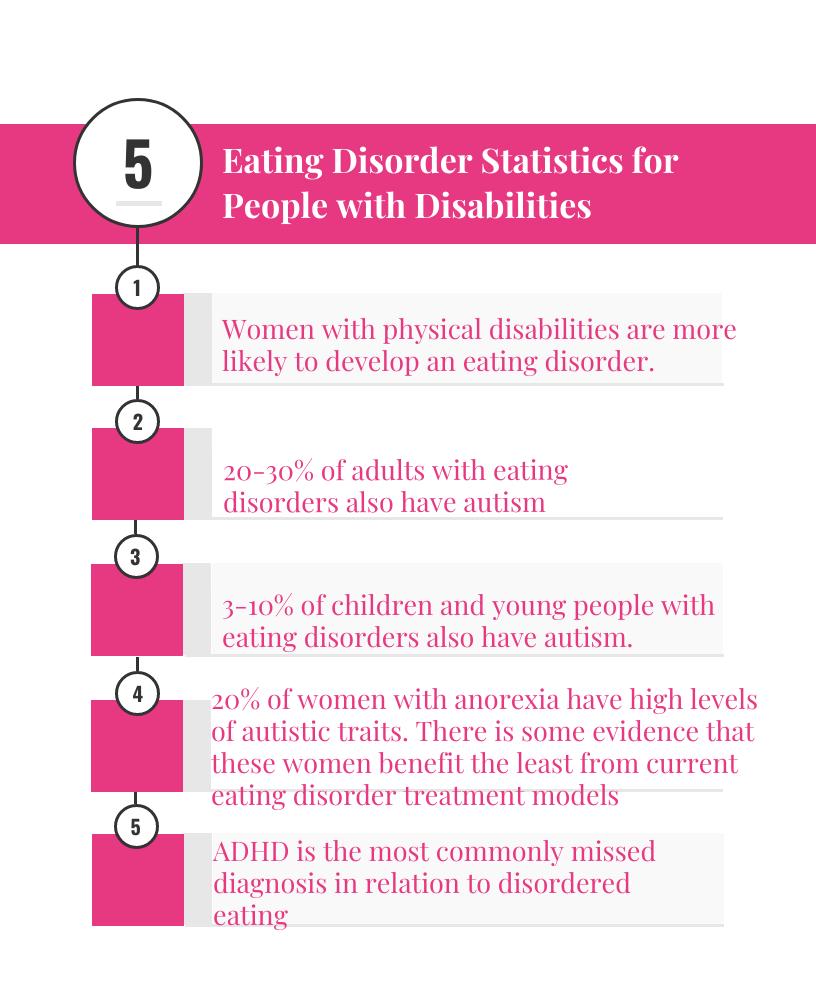
One of the main misconceptions regarding eating disorders is the belief that for an individual to struggle with an eating disorder, they must be "skinny." This is not, in fact, true. Eating disorders affect people of all weights and sizes.
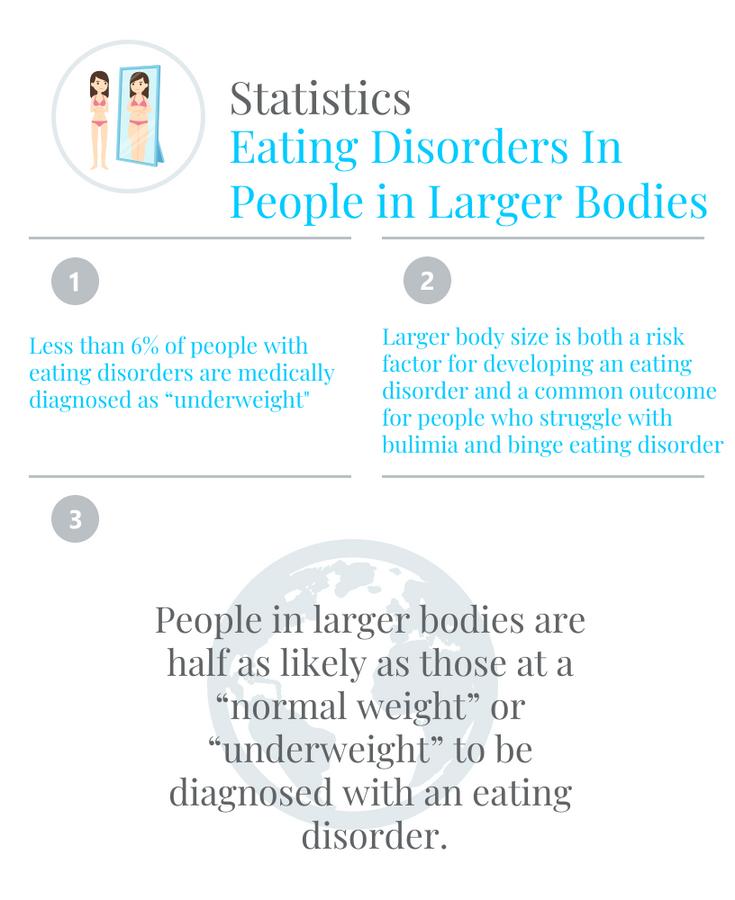
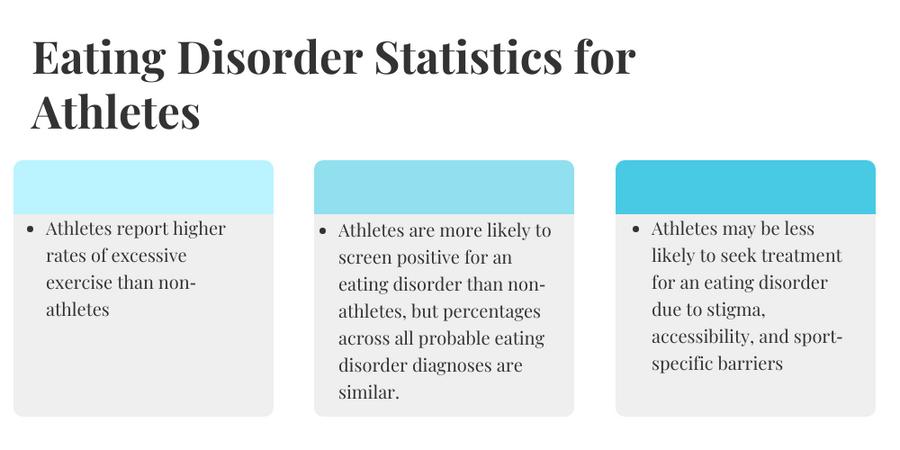
Another misconception about eating disorders is that they only affect women, this is also not true. This is evident in the statistics focused on groups of the majority of veterans and athletes.
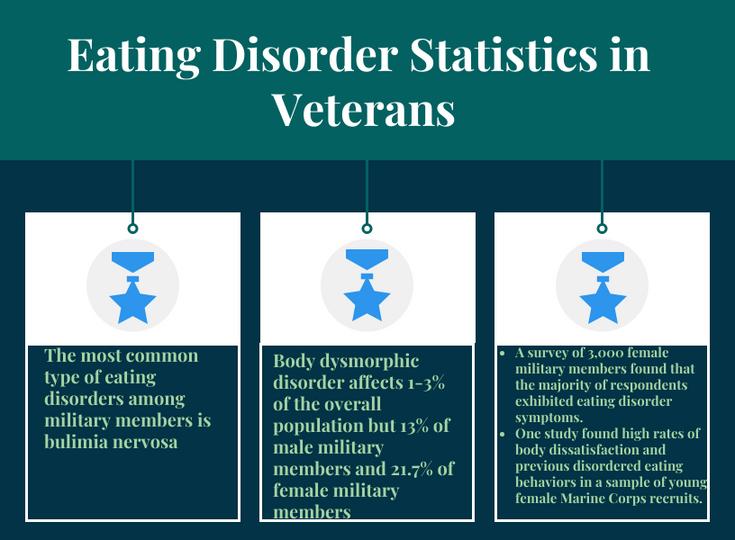
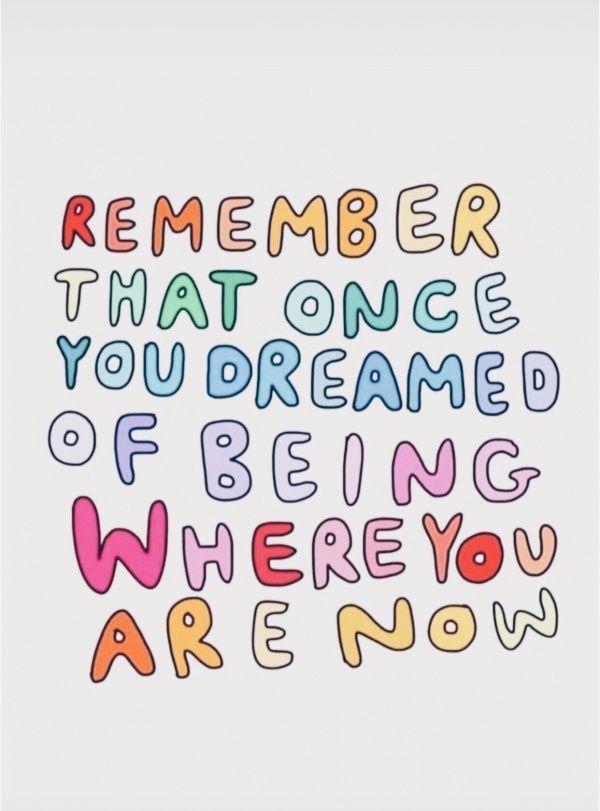
As a person who has been in recovery for over a year and has struggled with it, I think it is important to include some important reminders and messages in Eating Disorder recovery; here are my top 5 tips. Try to allow all foods.
Oftentimes when you’re caught in a restricting cycle, it can become pretty easy to cut out certain foods or develop what can be considered “safe foods'. ' One of the hardest things to do in recovery is to let yourself enjoy different foods, but that is one of the best parts, getting back to the point that allows you to worry less about the food you’re eating and focus more on enjoying it!
Recognizing when you’re hungry
When I struggled with a binge eating disorder (BED), my hunger receptors seemed to have gone rogue I wasn’t necessarily hungry, but I could never feel satisfied or full; I would eat to cope with that feeling of emptiness On the contrary, when I was at the peak of my struggle restricting, I lost hunger signals entirely. It has been a long time, but I have started to get them back. That being said, listening to your body is beyond important! Your body is trying to tell you something; try your best to respond to it!
The importance of self-care
This is by far the most important thing I can say to focus on, whether it is taking a bath, using a face mask, watching a movie in your pajamas, whatever it may be that makes you feel confident, makes you feel better and centered with yourself is the best thing you can do. Self-care is NOT selfish; recovery is HARD. Remember to reward yourself and to take care of yourself.
Don’t lose hope
Recovery does not happen overnight; it is a long and hard process There will be plenty of ups and downs, but that isn’t to say that there isn’t a light at the end of the tunnel; it’s going to be ok
Remember that you are NOT alone.
The first step to recovery is recognizing that there is a problem and reaching out to people who can help you. Recovery is 10x easier when you have a support system and people you can talk to
https://anad.org/get-informed/about-eatingdisorders/eating-disorders-statistics/ https://www.khanacademy.org/humanities/ushistory/rise-to-world-power/1920samerica/a/1920s-consumption https://blogs oregonstate edu/digitalmarketing/20 19/11/08/how-advertising-affects-society-andour-life/ https://academic.oup.com/her/article/21/5/719/7530 94
https://www.nationaleatingdisorders.org/mediaeating-disorders
Gerard P. Prendergast (1998),"Psychology, Marketing and Eating Disorders: Integrating the Evidence From the Literature," https://www.acrwebsite.org/volumes/11562/volume s/ap03/AP-03 https://www.consumer.ftc.gov/articles/0375-itsall-about-technique
Magazine Template - https://issuu com/ Magazine Layouts https://reader magzter com/preview/bgz5yrcltomp 4vltnkk615599120/559912#page/1 https://sanfrancisco.cbslocal.com/2019/10/22/sanjose-scholar-photography-eating-disorderstudents-rising-above/ Freelancers: https://www.upwork.com/ http://www.vintageadbrowser.com/gender-ads1960s https://www.eatingdisordertherapyla.com/instagr am-to-make-diet-ads-viewable-for-ages-18-andover-why-they-should-remove-them-altogether/ https://motioncue.com/types-of-propagandatechniques-in-advertising/ https://www.consumer.ftc.gov/articles/truthbehind-weight-loss-ads https://www youtube com/watch? v=eceTG0HyAZA https://www refinery29 com/enus/2016/03/106576/weight-watchers-lean-cuisinerebranding https://pubmed.ncbi.nlm.nih.gov/21727255/ https://www.hsph.harvard.edu/striped/reporteconomic-costs-of-eating-disorders/ https://www.advertisingarchives.co.uk/index.php? service=search&action=do quick search&langua ge=en&q=weight+loss
https://coach.nine.com.au/fitness/8-slightlyterrifying-vintage-exercise-machines/33d05a0d83d4-44ce-aac7-7f2bd8f2e1a5
https://www.psychologytoday.com/us/blog/evolutio nary-psychiatry/201112/history-eating-disorders https://www.eatingrecoverycenter.com/blog/Febru ary-2018/Let%E2%80%99s-Get-Real-About-theHistory-of-Eating-Disorders
https://www.obesityaction.org/community/articlelibrary/fattertainment-obesity-in-the-media/ https://www.ncbi.nlm.nih.gov/pmc/articles/PMC49 39998/
https://www verywellmind com/history-of-eatingdisorders-4768486#diagnostic-history https://www.eatingrecoverycenter.com/blog/advoc acy/Eating-Disorder-Statistics-NEDA-Week-2020 https://www.jennycraig.com/ https://www.thesun.co.uk/fabulous/5796138/oldfashioned-weight-loss-ads-quick-diet-fix-soapfat-slimming-pills-tapeworms/ https://followtheintuition.com/bloating-anddigestion-issues-part-1/ https://www.nationaleatingdisorders.org/whatare-eating-disorders